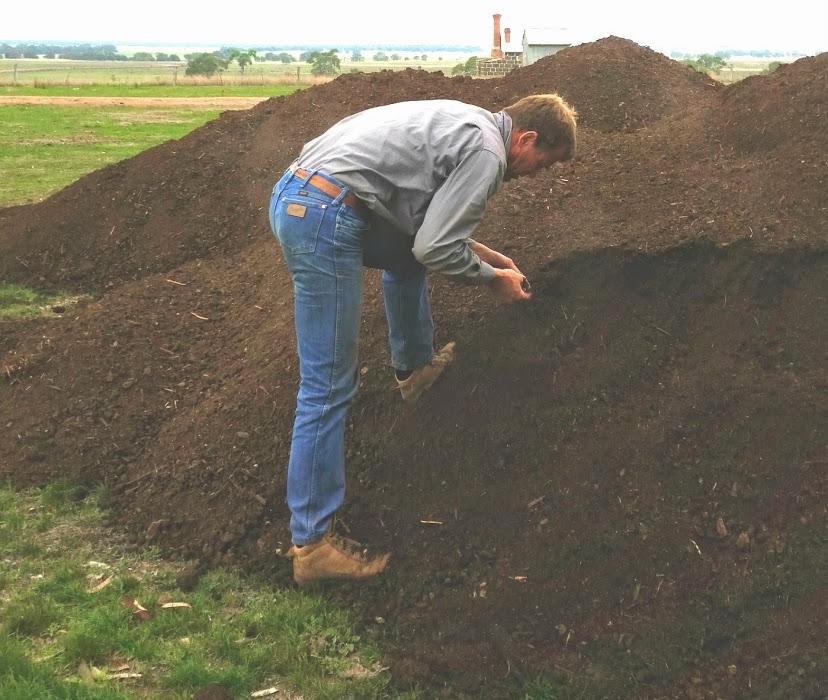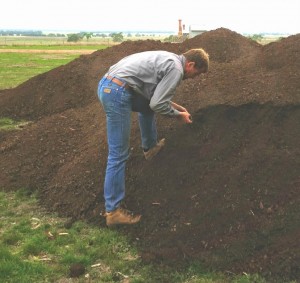
The use of compost as a fertilizer in agriculture is of course not new. In recent years, many farmers have started replacing some or all of their soluble fertilizer applications with more natural, biological products.
There are many reasons why compost works! It can be cheaper, it’s made from renewable resources, is more sustainable and can produce more grass and healthier soils.
The compost process combines materials, such as manures, green waste, straw etc that are broken down by naturally occurring microbes, to form a material that is then available for plants to use as a nutrient source.
Using compost rather than conventional/soluble fertilizers is all about improving the plant rhizosphere. Plants mobilize the nutrients they require through symbiosis with bacteria and fungus in the soil. Compost application can enhance the health of the rhizosphere in a more lasting and effective way than with soluble fertilizers, that offer temporary, readily available nutrients.
Because of the form that the nutrient component is in with compost, we regard its application as more of a capital expense rather than an annual expense. Soluble fertilizers need to be put on every year, but with biological applications, it is not the end of the world if you reduce the kg per hectare or even miss a year, because you have a “bank’ of accumulated nutrients from prior years.
Compost can vary greatly in content and quality and is difficult to make well, so we choose to buy our compost in. This allows us to source the best available product on the market that meets our requirements.
When analyzing the compost we also run a cost comparison with conventional, soluble fertilizers so we can see what the alternative would have cost us.
We recently completed our autumn application, spreading 2,300 tonnes of compost on our paddocks. This application ranged from 800 kg per hectare for normal pastures to 1,600 kg per hectare for the silage paddocks.

